Introduction
Einkorn bread is more than just another loaf; it’s a connection to ancient traditions and wholesome nutrition. This guide takes you through everything you need to know about crafting your own einkorn bread recipe. From understanding einkorn wheat’s unique qualities to troubleshooting your first loaf, we’ll walk step by step into a world where rustic charm meets modern convenience. Whether you’re a seasoned baker or a curious beginner, this article will provide detailed insights, tips, and tricks for making the perfect loaf every time.
What is Einkorn Bread?
Understanding Einkorn Wheat
Einkorn wheat, often referred to as the “original wheat,” is one of the oldest grains known to humankind. Its history dates back thousands of years to ancient civilizations, where it was prized for its resilience and rich, nutty flavor. Unlike modern wheat, einkorn retains its natural, unaltered genetic structure, making it a healthier choice for many. With higher levels of protein, essential minerals, and antioxidants, einkorn is a nutrient-packed alternative to traditional flours.
But what sets einkorn apart isn’t just its nutritional profile. Its gluten structure is markedly different from modern wheat, consisting of weaker, shorter protein strands. This makes it easier to digest for people with gluten sensitivity, though it’s not suitable for those with celiac disease.
Why Choose Einkorn for Bread?
When it comes to baking, einkorn flour brings unique qualities to the table. Its natural sweetness, subtle nuttiness, and beautiful golden hue make it a favorite for artisan bread lovers. Plus, einkorn bread is packed with vitamins like B6 and carotenoids, offering a more nourishing experience.
For bakers, einkorn requires a little patience. Its dough tends to be stickier, and its gluten structure means the bread rises differently. But once you master the technique, the rewards are worth it. Whether you’re looking to craft a no-knead einkorn bread recipe or experiment with sourdough, this ancient grain elevates your baking game.
Essential Ingredients and Tools
Ingredients Needed for Einkorn Bread
To make a delicious einkorn bread recipe, you’ll need just a handful of basic ingredients, but each one plays a crucial role. Start with einkorn flour, the star of the show. Depending on your preference, you can choose between all-purpose or whole-grain einkorn flour. All-purpose flour produces a lighter loaf, while whole-grain flour offers a heartier, rustic texture.
Next, grab some active dry yeast or sourdough starter, depending on the recipe you’re following. Don’t forget the water—lukewarm is best to activate the yeast without killing it. Finally, you’ll need a pinch of salt to enhance the flavor of your bread.
If you want to get creative, you can add optional ingredients like honey for sweetness or seeds for a bit of crunch. Just remember, with einkorn’s weaker gluten, less is often more when adding extras to the dough.
Tools and Equipment for Baking
Creating the perfect einkorn bread recipe doesn’t require fancy tools, but a few essentials make the process smoother. A kitchen scale is invaluable for precise measurements, especially since einkorn’s unique flour structure benefits from accuracy.
You’ll also need a mixing bowl, a sturdy spatula, and a loaf pan. Opt for an 8.5 x 4.5-inch loaf pan for best results. If you’re making sourdough, a proofing basket or banneton can help shape your loaf.
While optional, a dough scraper and an oven thermometer are helpful tools that give you better control over your baking. Finally, have some plastic wrap or a damp kitchen towel handy to cover your dough while it rises.
Step-by-Step Einkorn Bread Recipe
Preparing the Dough
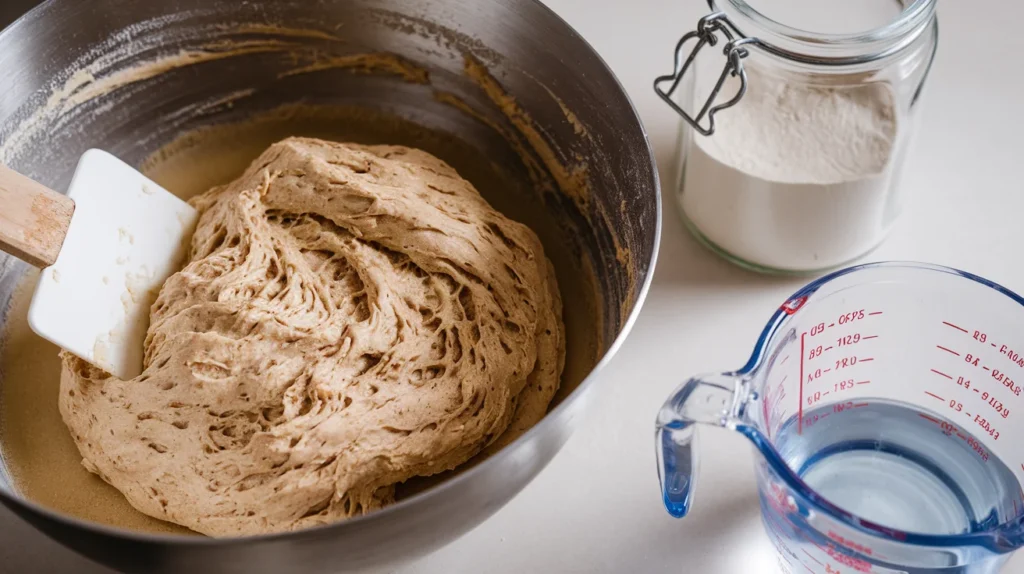
The first step in any einkorn bread recipe is preparing the dough. Start by dissolving the yeast in lukewarm water—around 100°F is ideal. Let it sit for 5-10 minutes until it becomes creamy and bubbly. This step ensures your yeast is active and ready to work.
Next, combine the flour and salt in a large bowl. Slowly pour the water-yeast mixture into the dry ingredients, stirring with a spatula. Unlike regular dough, einkorn dough will be sticky and wetter, but resist the urge to add more flour—it’s supposed to be that way! Mix until just combined; overmixing can damage einkorn’s delicate gluten structure.
Proofing and Shaping the Dough
Once mixed, cover the bowl with plastic wrap or a damp towel and let the dough rise for about 45 minutes. Einkorn dough doesn’t rise as much as modern wheat dough, so expect only a 40% increase in volume. This is perfectly normal.
After the first rise, gently deflate the dough using a spatula, then transfer it to a greased loaf pan. Smooth out the top with a wet spatula or your hands to ensure even baking. Cover the pan loosely and allow the dough to rise again for another 30 minutes.
Baking and Cooling
Preheat your oven to 350°F while the dough is on its second rise. Once the oven is hot, place the loaf pan in the center and bake for 40-45 minutes. The bread is ready when the top turns golden brown, and the loaf sounds hollow when tapped on the bottom.
After baking, let the loaf cool in the pan for about 15 minutes. Then, transfer it to a cooling rack and allow it to cool completely—ideally for at least 2 hours. Slicing too early can cause the bread to crumble, so patience is key!
Placement: At the end of the “Baking and Cooling” section, suggest exploring related baking recipes.
Troubleshooting Common Issues
Common Problems with Einkorn Bread
Baking with einkorn flour can be tricky, especially for first-timers. One common issue is that the dough feels too sticky or wet. This texture is normal for einkorn due to its weaker gluten, so avoid the temptation to add extra flour. Instead, trust the recipe’s measurements and use wet hands or tools when handling the dough.
Another frequent concern is poor rising. Unlike modern wheat dough, einkorn dough only rises about 40%, so don’t overproof it, as this can lead to a dense or collapsed loaf. If your bread still feels heavy, double-check that your yeast is fresh and your water temperature is correct—around 100°F for activation.
Lastly, if your loaf crumbles when sliced, it’s likely due to slicing too soon or uneven hydration. Always let the loaf cool completely before cutting and consider weighing your flour to ensure accuracy.
Tips for Consistent Results
Achieving a perfect einkorn bread recipe requires a few key practices. First, always measure your ingredients by weight, not volume, as einkorn flour is denser than modern wheat flour. Using a kitchen scale ensures precise hydration levels.
Second, keep your dough environment consistent. Proof your dough in a warm, draft-free spot, but avoid high heat that could damage the gluten. Finally, don’t skip the cooling step! Proper cooling allows the crumb to set, preventing crumbly slices.
For more tips on troubleshooting bread recipes, explore other baking guides on this site!
Variations and Advanced Techniques
Sourdough Einkorn Bread
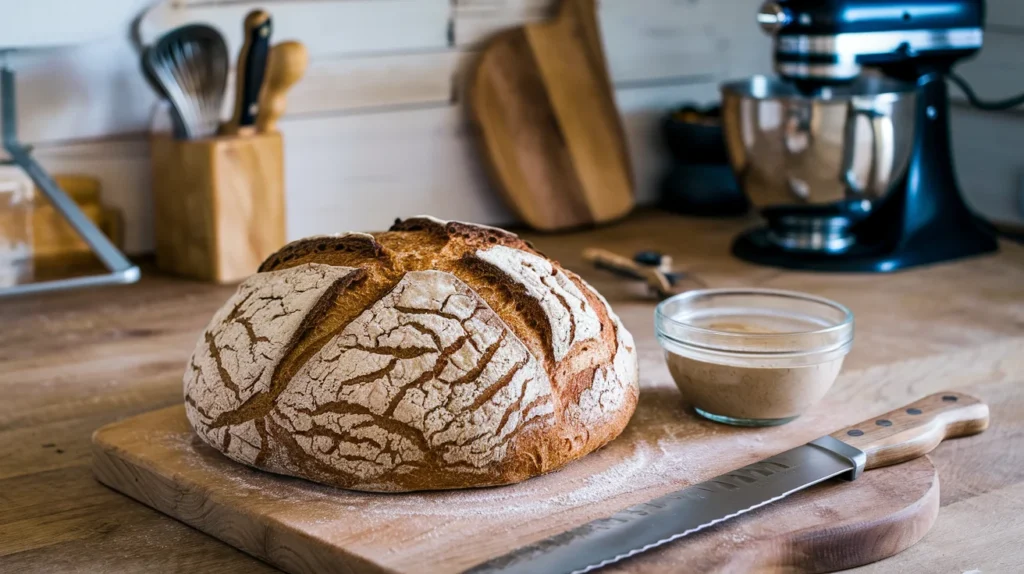
For those ready to take their einkorn bread recipe to the next level, sourdough is an excellent choice. By replacing yeast with a sourdough starter, you can enhance both flavor and nutrition. The natural fermentation process reduces phytic acid, making the nutrients in einkorn more bioavailable.
When converting a yeast-based recipe, reduce water slightly to accommodate the starter’s hydration. Remember, sourdough einkorn bread will require longer rising times, but the tangy flavor and chewy texture are well worth the wait.
Flavor Additions and Modifications
Einkorn bread’s mild, nutty taste pairs beautifully with a range of add-ins. For a savory twist, mix in rosemary, garlic, or olives. Prefer a sweet loaf? Try incorporating honey, cinnamon, or dried fruits like raisins.
To boost the nutritional profile, sprinkle seeds like flax, chia, or sunflower into the dough. Just be cautious not to overload, as einkorn’s delicate gluten can struggle to support heavy additions.
Using a Bread Machine
Want the convenience of a bread machine? Good news! Most einkorn bread recipes can be adapted for bread machines. Use the machine’s whole wheat setting and monitor the consistency of the dough during kneading—it should form a soft, slightly sticky ball. Adjust hydration as needed by adding a tablespoon of water or flour at a time.
For more creative baking ideas, check out additional recipes on our site, like our sourdough sandwich loaf or whole-grain bread guide.
Storing and Serving Einkorn Bread
Storage Tips
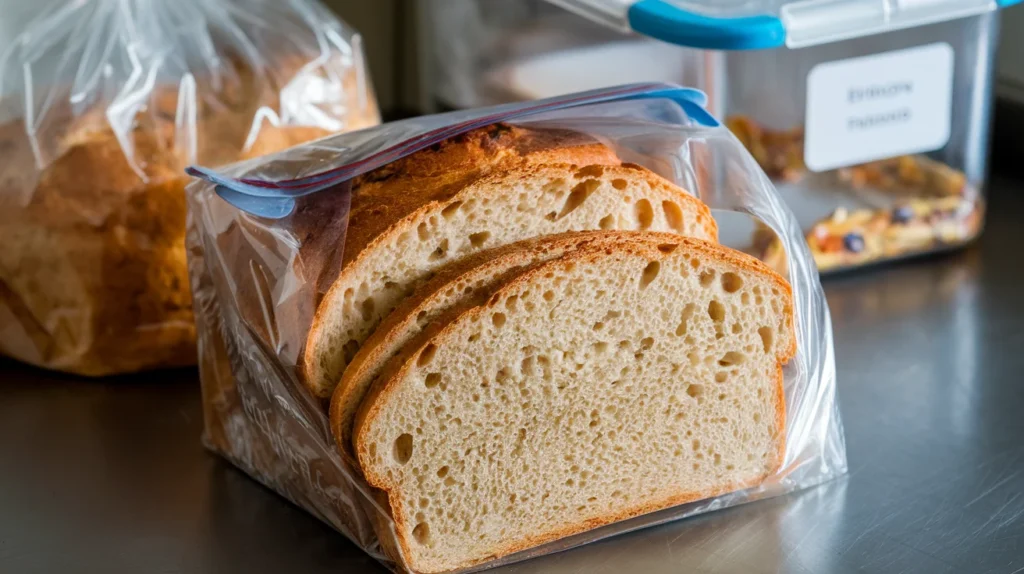
Properly storing your einkorn bread is essential to keeping it fresh and delicious. Since einkorn bread lacks preservatives, it’s best eaten within three days of baking. To store at room temperature, place the loaf in an airtight container or a resealable plastic bag. Keeping it away from moisture and heat will help maintain its texture and flavor.
If you plan to enjoy your bread over a longer period, consider freezing it. Slice the bread beforehand, wrap individual slices in plastic wrap, and store them in a freezer-safe bag. This makes it easy to grab a slice or two without defrosting the entire loaf. When ready to eat, reheat slices in a toaster or oven for that fresh-baked taste.
Serving Suggestions
Einkorn bread is as versatile as it is flavorful, making it a fantastic companion to any meal. For breakfast, toast slices and spread them with butter, honey, or your favorite jam. Pair it with soups and stews for a hearty lunch or serve it alongside pasta dishes for dinner.
Looking for creative uses for leftover bread? Turn it into croutons for salads or breadcrumbs for casseroles. You can even use it for French toast or bread pudding to enjoy its unique, nutty flavor in a sweet dish. The possibilities are endless!
After suggesting pairing einkorn bread with meals, add a link to complementary recipes.
Frequently Asked Questions
FAQs from “People Also Ask”
Is einkorn flour good for making bread?
Absolutely! Einkorn flour is an excellent choice for bread-making. Its unique gluten structure creates a rich, nutty flavor and a golden hue in the final loaf. While it behaves differently from modern wheat, with a slightly stickier dough and less rise, it’s perfect for artisan-style bread recipes, including no-knead and sourdough options.
Does einkorn spike blood sugar?
Einkorn has a lower glycemic index compared to modern wheat, meaning it causes a slower and steadier rise in blood sugar levels. Its high protein and fiber content also help regulate blood sugar, making it a better choice for individuals managing their glucose levels, though it should still be consumed in moderation.
Is einkorn inflammatory?
Einkorn is considered less inflammatory than modern wheat. Its simpler, ancient genetic structure and weaker gluten make it easier to digest for many people. It’s a popular choice for individuals with gluten sensitivity (though not suitable for those with celiac disease) and is often praised for its anti-inflammatory properties compared to highly processed modern grains.
Can I substitute einkorn flour for all-purpose flour?
Yes, you can substitute einkorn flour for all-purpose flour, but adjustments are needed. Einkorn absorbs less water and has a weaker gluten structure, so you’ll need to slightly reduce the liquid in your recipe. For best results, weigh the flour rather than using volume measurements and avoid over-kneading the dough. It’s great for baked goods like bread, pancakes, and muffins with a few minor tweaks!
Final Thoughts and Resources
Why Einkorn Bread is Worth Trying
Crafting an einkorn bread recipe is more than just baking; it’s a celebration of history, nutrition, and flavor. Einkorn flour’s distinct characteristics, from its golden hue to its rich, nutty taste, offer a unique baking experience that modern wheat can’t replicate. Plus, its higher nutrient content and digestibility make it a healthier choice for many.
If you’re new to baking with einkorn, don’t worry—it may feel different, but the effort is worth it. With practice and a little patience, you’ll soon enjoy homemade bread that’s as nourishing as it is delicious.
Where to Find Einkorn Flour and Recipes
Finding quality einkorn flour is key to a successful loaf. You can purchase it online from specialty stores or in health food markets. Popular brands like Jovial Foods and Einkorn.com offer both all-purpose and whole-grain options.
If you’re eager to explore more recipes, check out our guide on sourdough einkorn bread or our whole-grain einkorn loaf recipe. These resources will inspire you to experiment and expand your baking repertoire.
FAQs and Additional Tips
Commonly Asked Questions About Einkorn Bread
How do you adjust for high-altitude baking?
When baking an einkorn bread recipe at high altitudes, you may need to slightly increase the water content, reduce the yeast, and decrease the proofing time. These adjustments prevent the dough from overproofing and becoming dense.
Can I mix einkorn with other flours?
Yes! You can blend einkorn flour with other types, such as spelt or whole wheat, to experiment with flavors and textures. Just remember to adjust hydration as needed, since einkorn absorbs water differently.
How long does einkorn bread last?
Einkorn bread is best eaten within three days. For longer storage, freeze individual slices and toast them as needed.
Encouragement for New Bakers
Don’t be discouraged if your first loaf isn’t perfect! Baking with einkorn is a learning process, but it’s one that rewards you with healthier, tastier bread. Keep experimenting with different techniques and flavors, and soon, you’ll have your go-to einkorn bread recipe perfected.
For more baking inspiration, be sure to explore our other recipes and guides on creating wholesome, delicious bread.
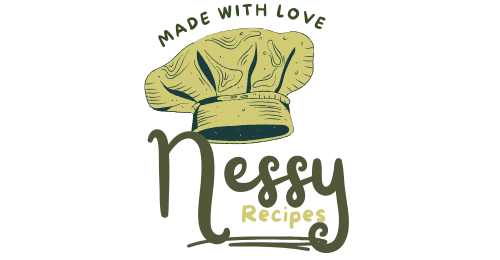
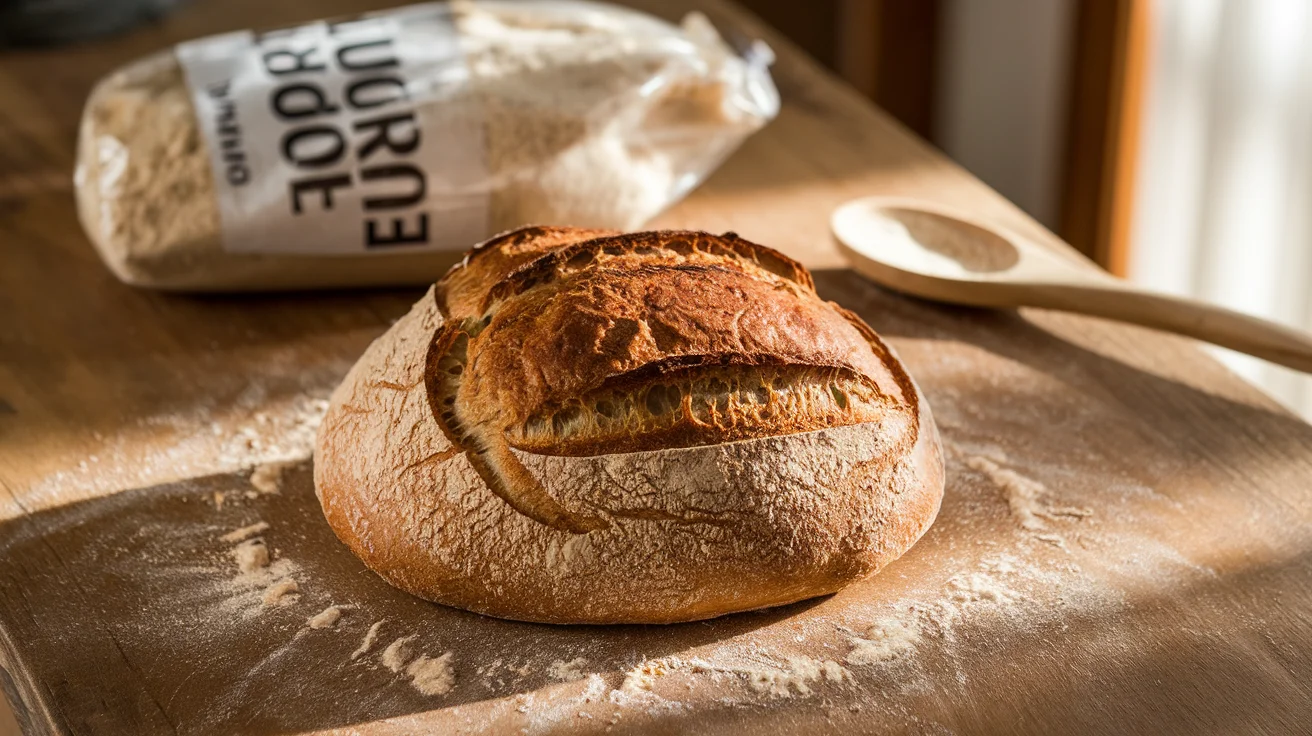
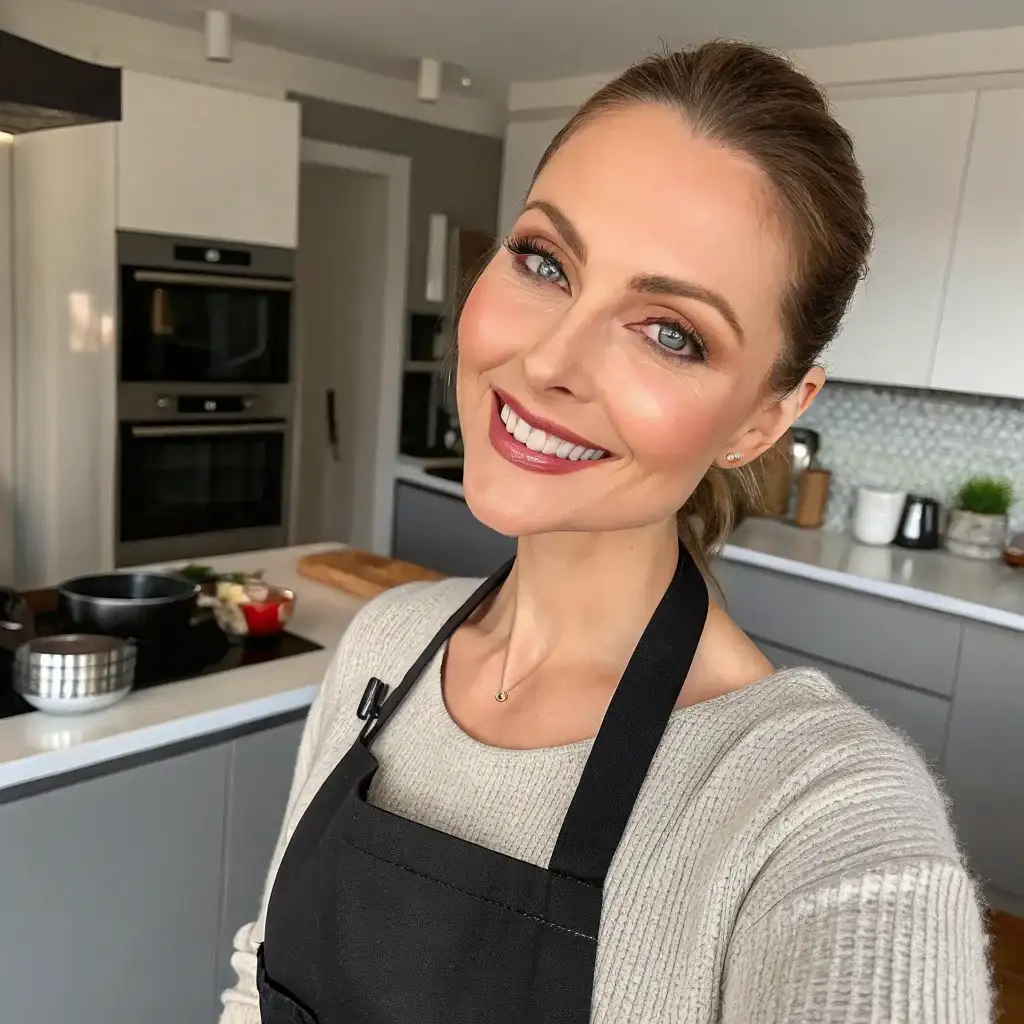
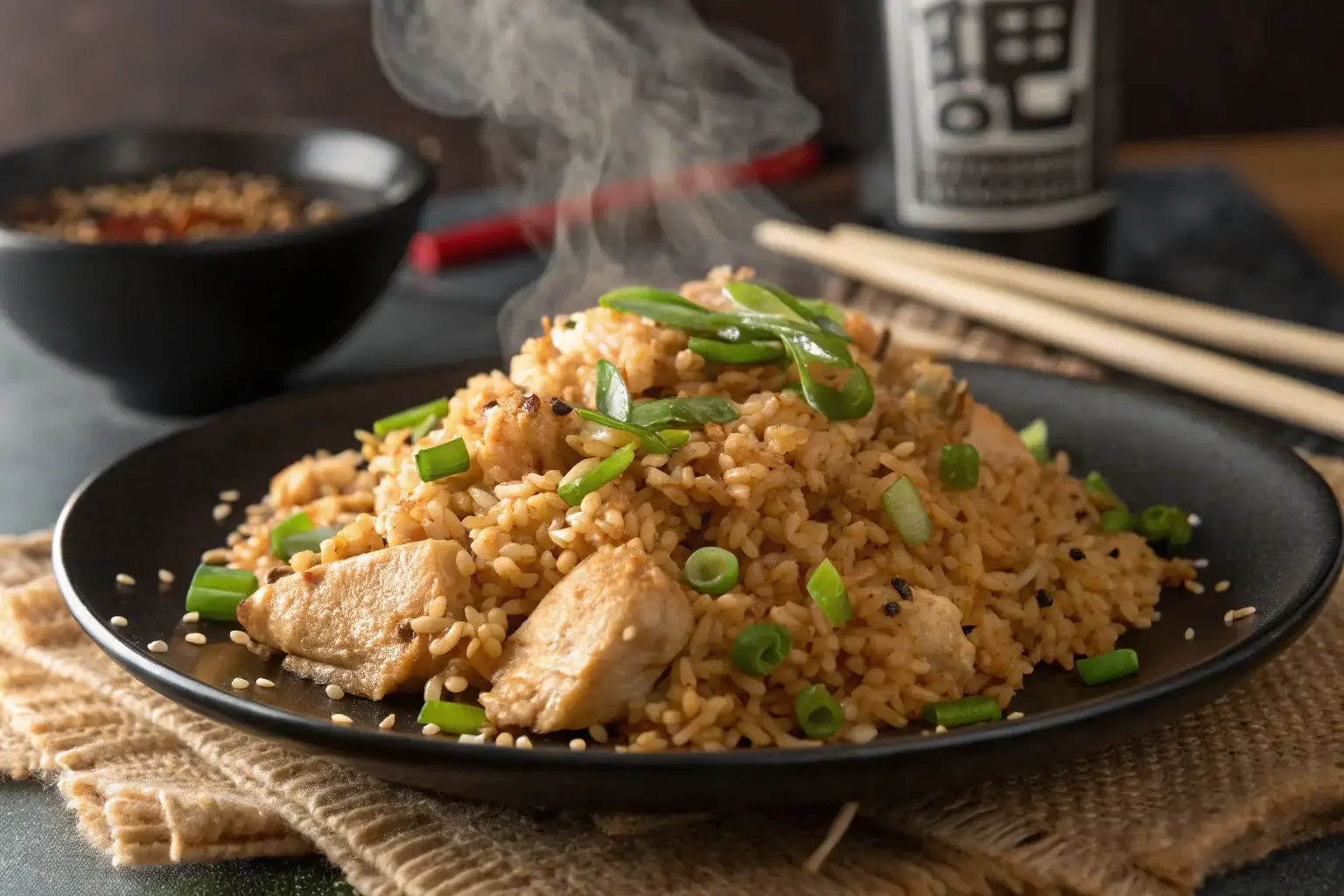
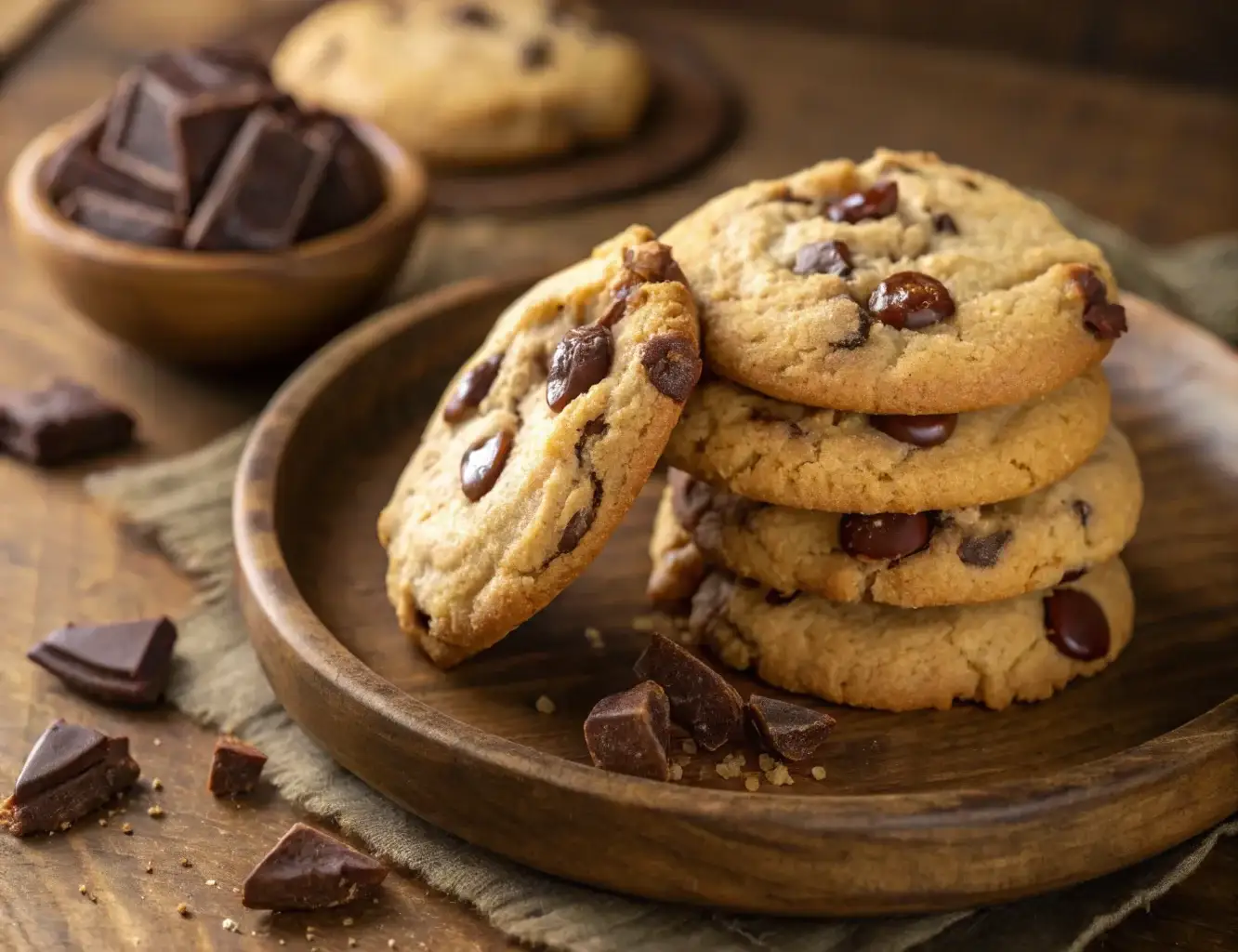
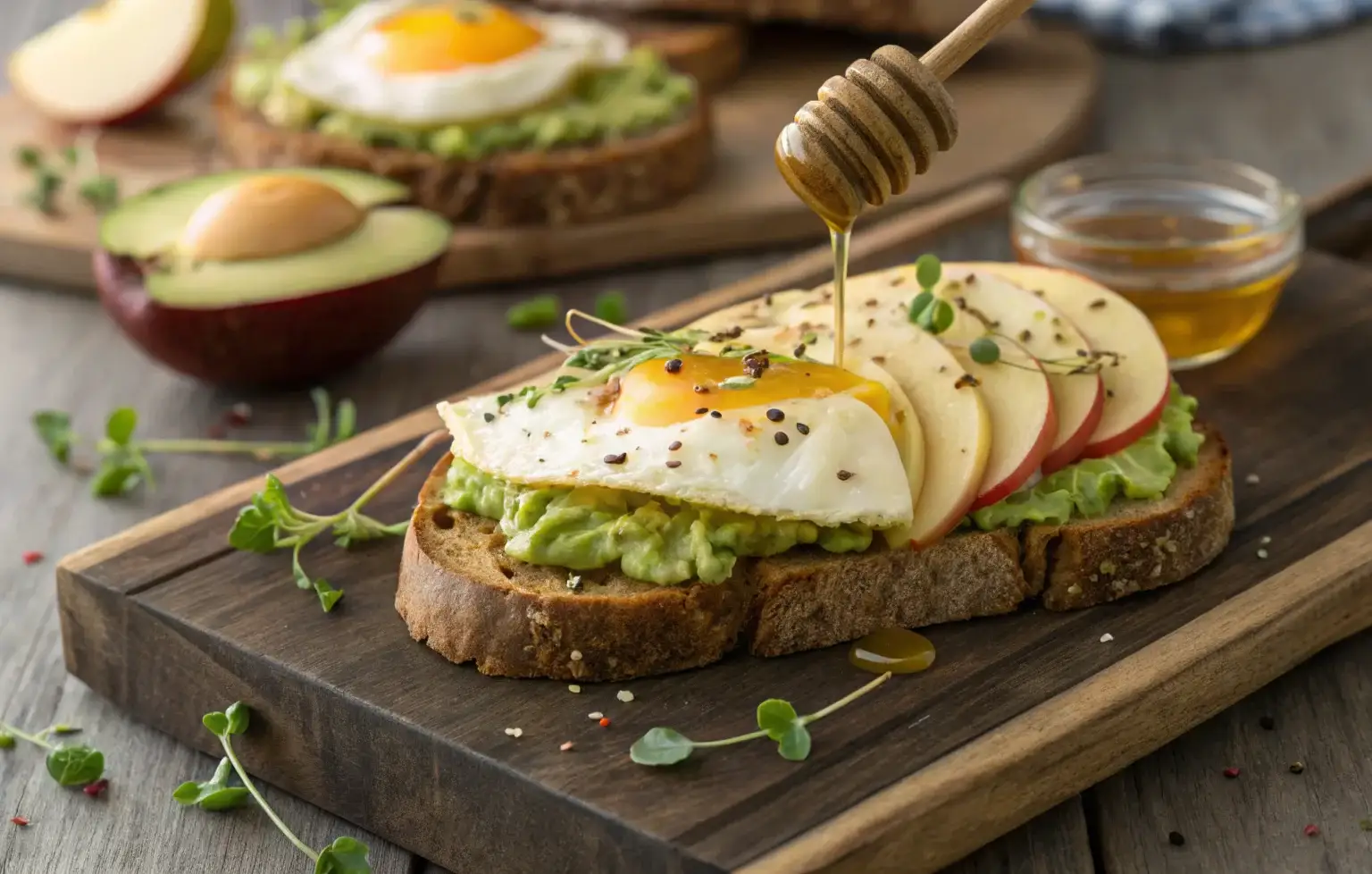
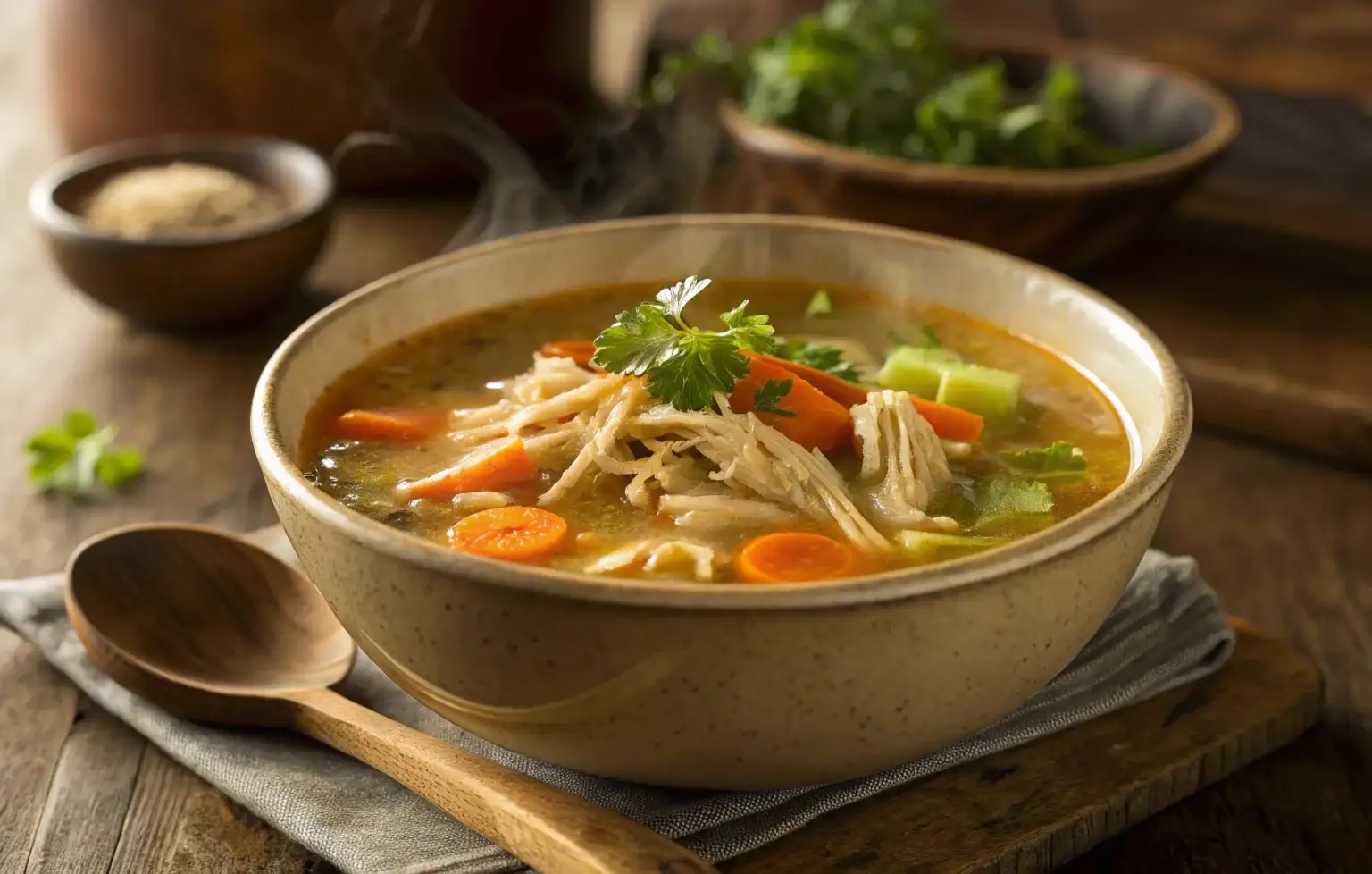
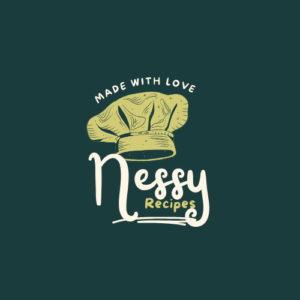
1 thought on “The Ultimate Guide to Making Einkorn Bread”